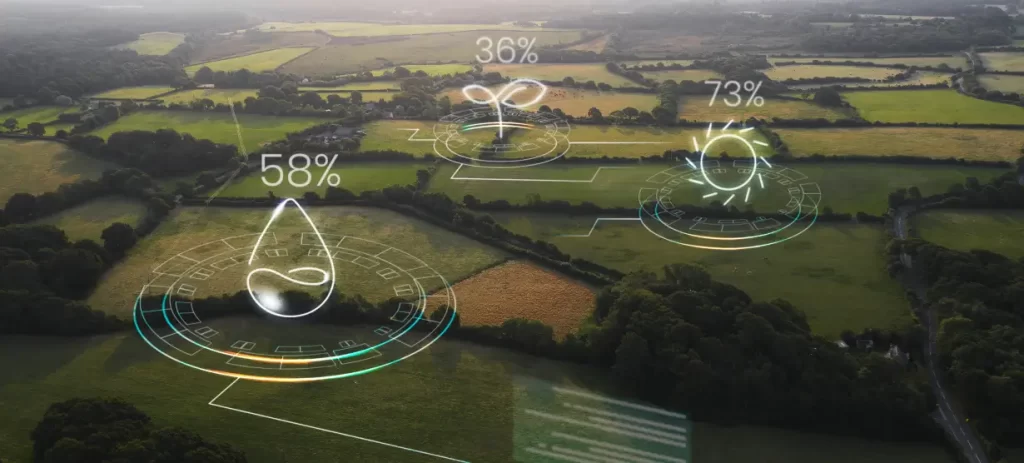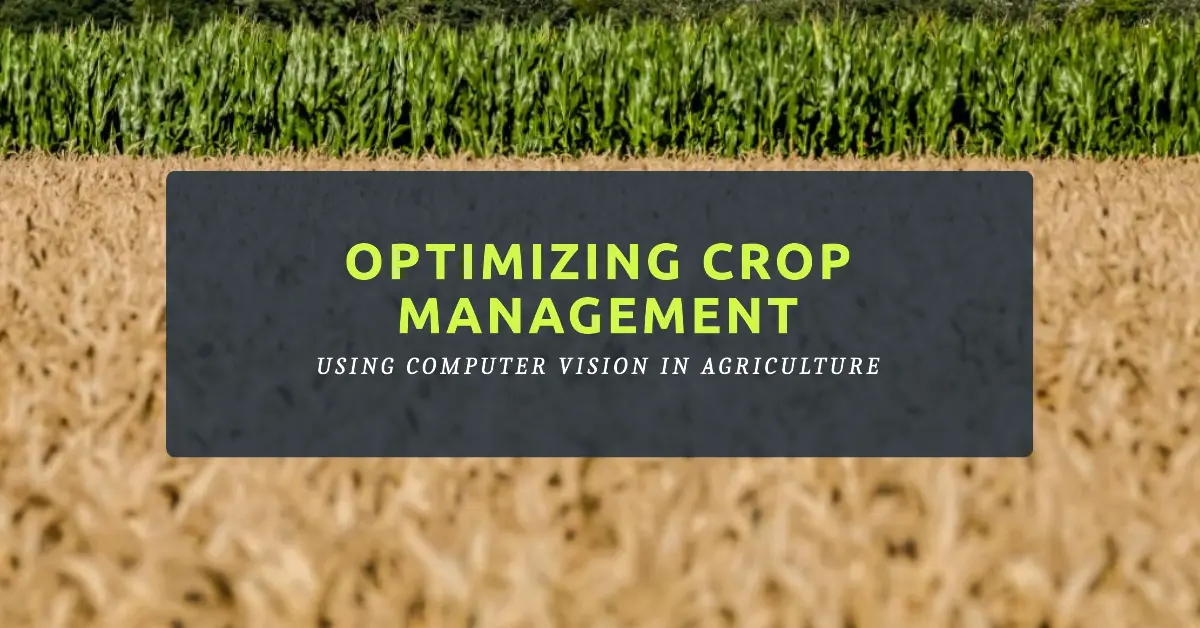In recent years, the agriculture industry has witnessed a significant transformation fueled by technological advancements. Among these innovations, computer vision has emerged as a game-changer, offering unparalleled opportunities to optimize crop management and enhance yield prediction. Leveraging computer vision technology, farmers and agricultural professionals can gain valuable insights into crop health, identify pests and diseases, and streamline farming operations. This article explores the applications of computer vision in agriculture and its role in revolutionizing crop management and yield prediction.
Understanding Computer Vision in Agriculture:
Computer vision uses algorithms and machine learning techniques to interpret and analyze visual data from images or videos. In the context of agriculture, computer vision systems utilize cameras and sensors to capture images of crops, fields, and farming environments. These images are then processed and analyzed to extract valuable information about crop health, growth patterns, and environmental conditions.

Applications of Computer Vision in Agriculture:
a. Crop Monitoring and Management:
One of the primary applications of computer vision in agriculture is crop monitoring and management. Computer vision systems can analyze images of crops captured by drones or mounted cameras to assess their health, detect nutrient deficiencies, and identify weed infestations. By monitoring crops remotely, farmers can make data-driven decisions regarding irrigation, fertilization, and pest control, leading to improved crop yields and resource efficiency.
b. Pest and Disease Detection:
Early detection of pests and diseases is crucial for preventing crop damage and minimizing yield losses. Computer vision technology enables automated detection of pests, diseases, and abnormalities in crops by analyzing visual cues such as leaf discoloration, lesions, and pest infestations. By promptly identifying potential threats, farmers can implement targeted interventions, such as applying pesticides or implementing quarantine measures, to protect their crops and prevent the spread of diseases.
c. Weed Management:
Weed control is a significant challenge for farmers, as invasive weeds compete with crops for resources and reduce overall yields. Computer vision systems equipped with machine learning algorithms can distinguish between crops and weeds based on visual characteristics, allowing for precise and targeted weed management strategies. By selectively spraying herbicides only on weeds, farmers can minimize chemical usage, reduce environmental impact, and optimize resource allocation.
d. Yield Prediction and Optimization:
Accurate yield prediction is essential for farm planning, resource allocation, and decision- making. Computer vision technology, combined with data analytics and machine learning, enables real-time estimation of crop yields based on factors such as plant density, growth rate, and environmental conditions. By forecasting yields accurately, farmers can optimize harvesting schedules, storage facilities, and marketing strategies, maximizing profitability and minimizing waste.
Benefits of Computer Vision in Agriculture:
a. Increased Efficiency:
Computer vision streamlines agricultural processes by automating tasks such as crop monitoring, pest detection, and weed management. By leveraging automation, farmers can save time and labor costs, allowing them to focus on more strategic aspects of farm management.
b. Enhanced Precision:
Computer vision systems offer unparalleled precision in crop monitoring and management, enabling farmers to identify and address issues with pinpoint accuracy. From detecting individual weeds to assessing crop health at a microscopic level, computer vision technology provides detailed insights that facilitate precise interventions and optimizations.
c. Improved Sustainability:
By facilitating targeted interventions and reducing the reliance on chemical inputs, computer vision contributes to sustainable agricultural practices. Sustainable farming practices not only minimize environmental impact but also promote long-term viability and resilience in agricultural systems.
d. Data-Driven Decision Making:
Computer vision generates vast amounts of data related to crop health, environmental conditions, and farming practices. By analyzing this data using advanced analytics and machine learning algorithms, farmers can make data-driven decisions that optimize productivity, minimize risks, and maximize profitability.
Role of Computer Vision Software Development Services:
Custom software development companies in Dallas specializing in computer vision play a crucial role in driving innovation in agriculture. These companies offer expertise in developing custom computer vision solutions tailored to the unique needs and challenges of the agriculture industry. By collaborating with computer vision software development services in Dallas, agricultural organizations can harness the full potential of this technology to improve crop management and yield prediction.
Future Outlook:
The adoption of computer vision in agriculture is expected to continue growing as technology advances and awareness of its benefits increases. Future developments may include enhanced integration with other technologies such as Internet of Things (IoT), satellite imaging, and autonomous machinery, further optimizing farming operations and driving sustainable agricultural practices.
Conclusion:
Computer vision holds immense potential to revolutionize agriculture by optimizing crop management and enhancing yield prediction. Through applications such as crop monitoring, pest detection, and yield forecasting, computer vision technology empowers farmers to make data-driven decisions that improve productivity, sustainability, and profitability. By partnering with custom software development companies like Theta Technolabs in Dallas, specializing in computer vision, agricultural organizations can leverage tailored solutions to address their specific needs and challenges. Such partnerships pave the way for a more efficient, resilient, and sustainable future in agriculture, where technology plays a central role in driving innovation and unlocking new possibilities for growth and success.


























